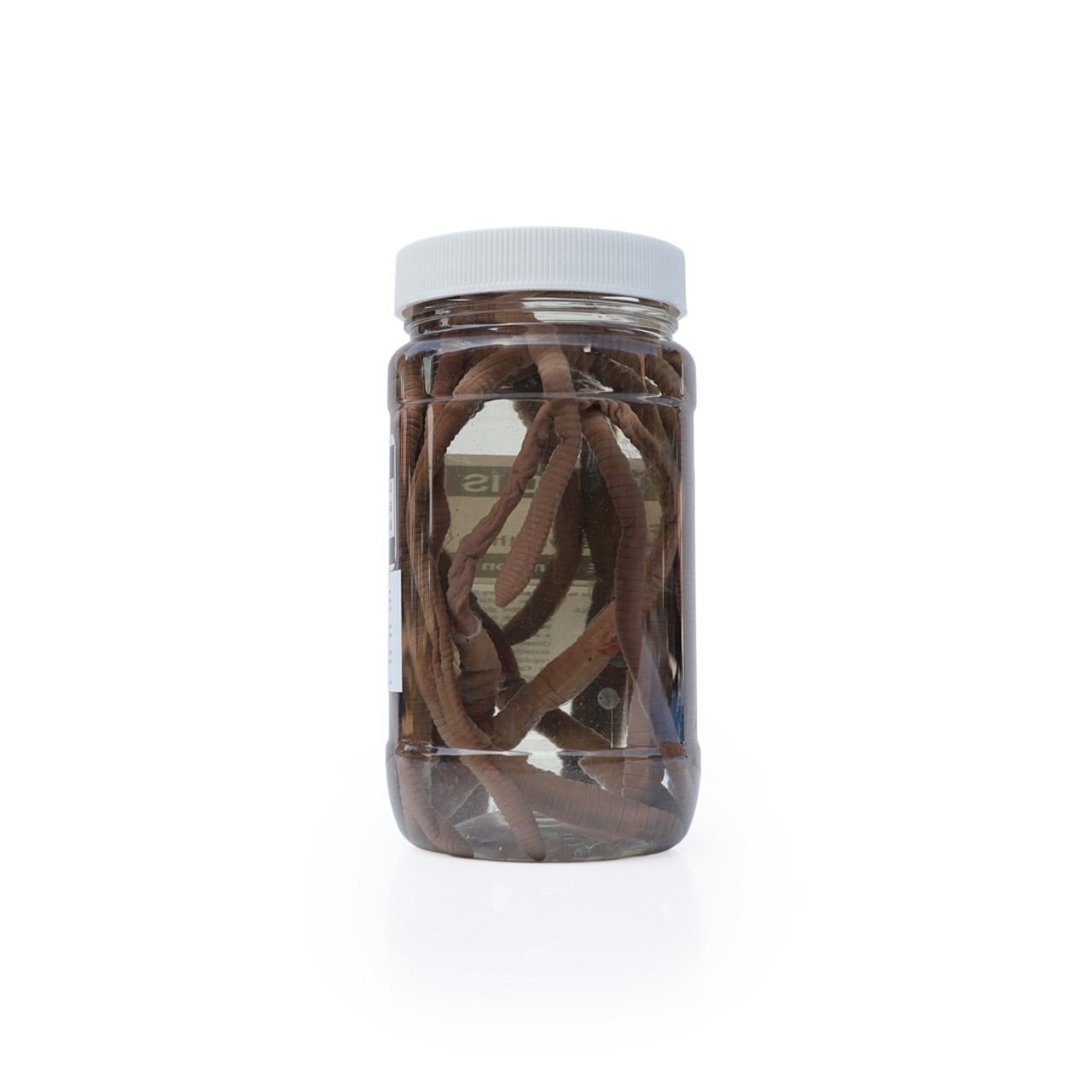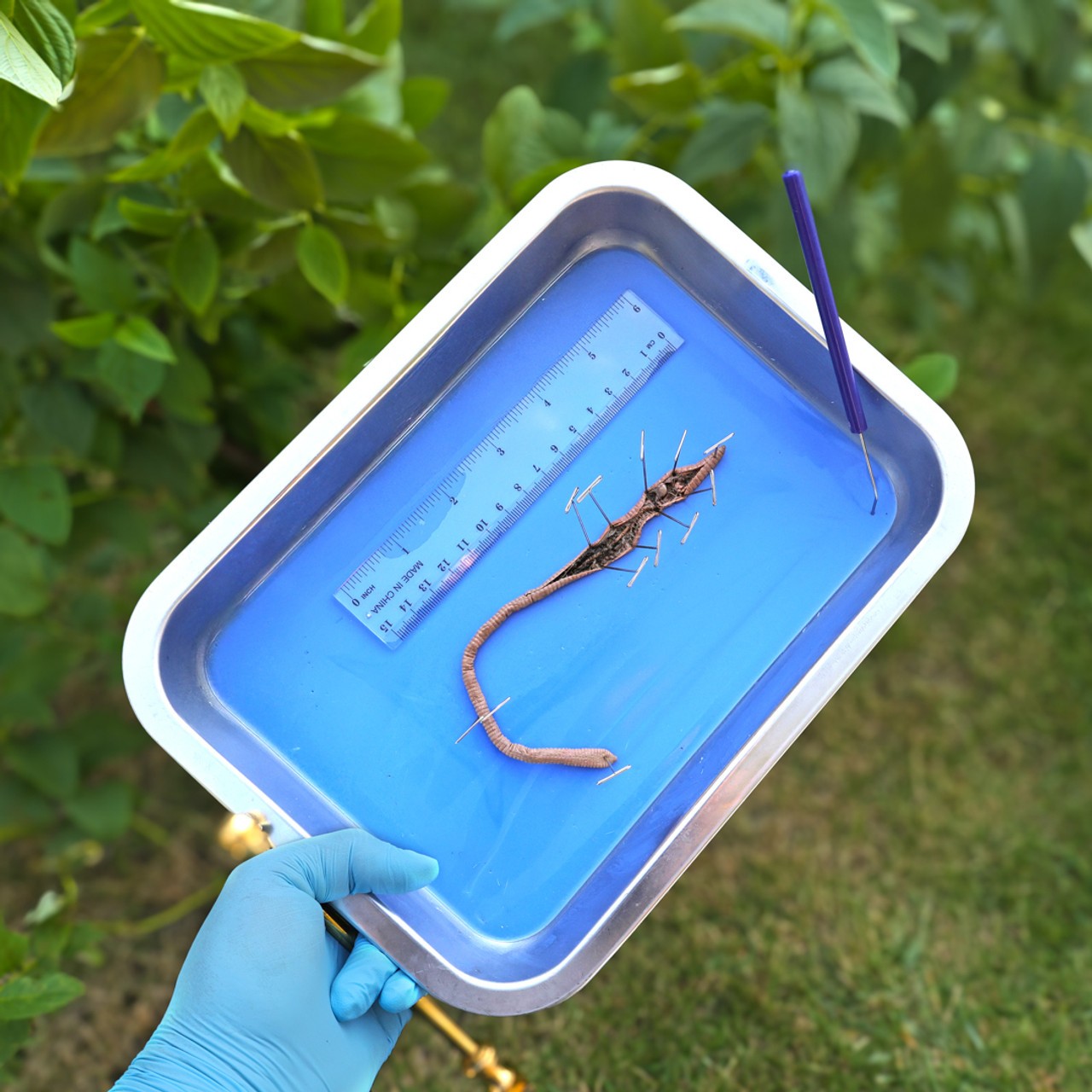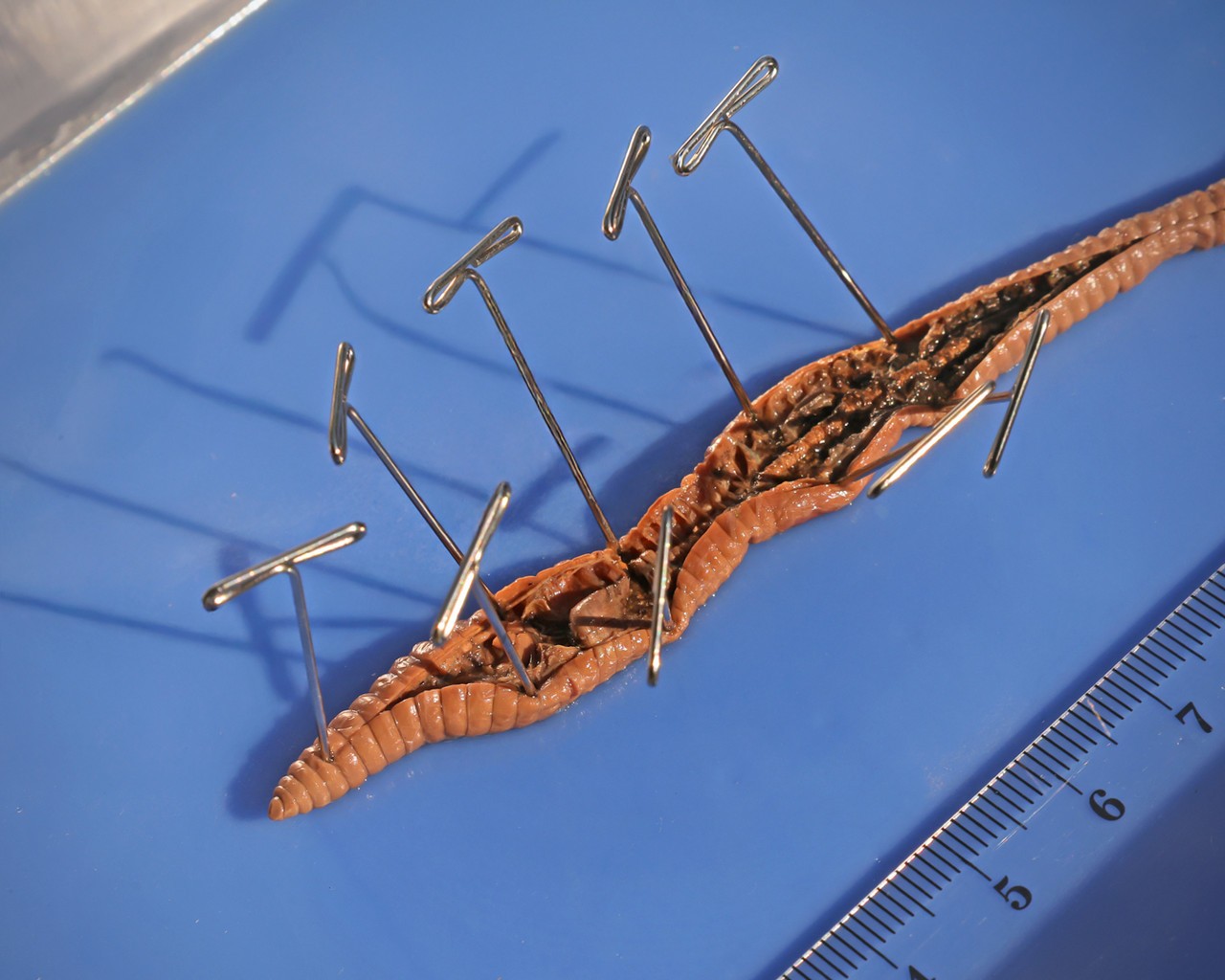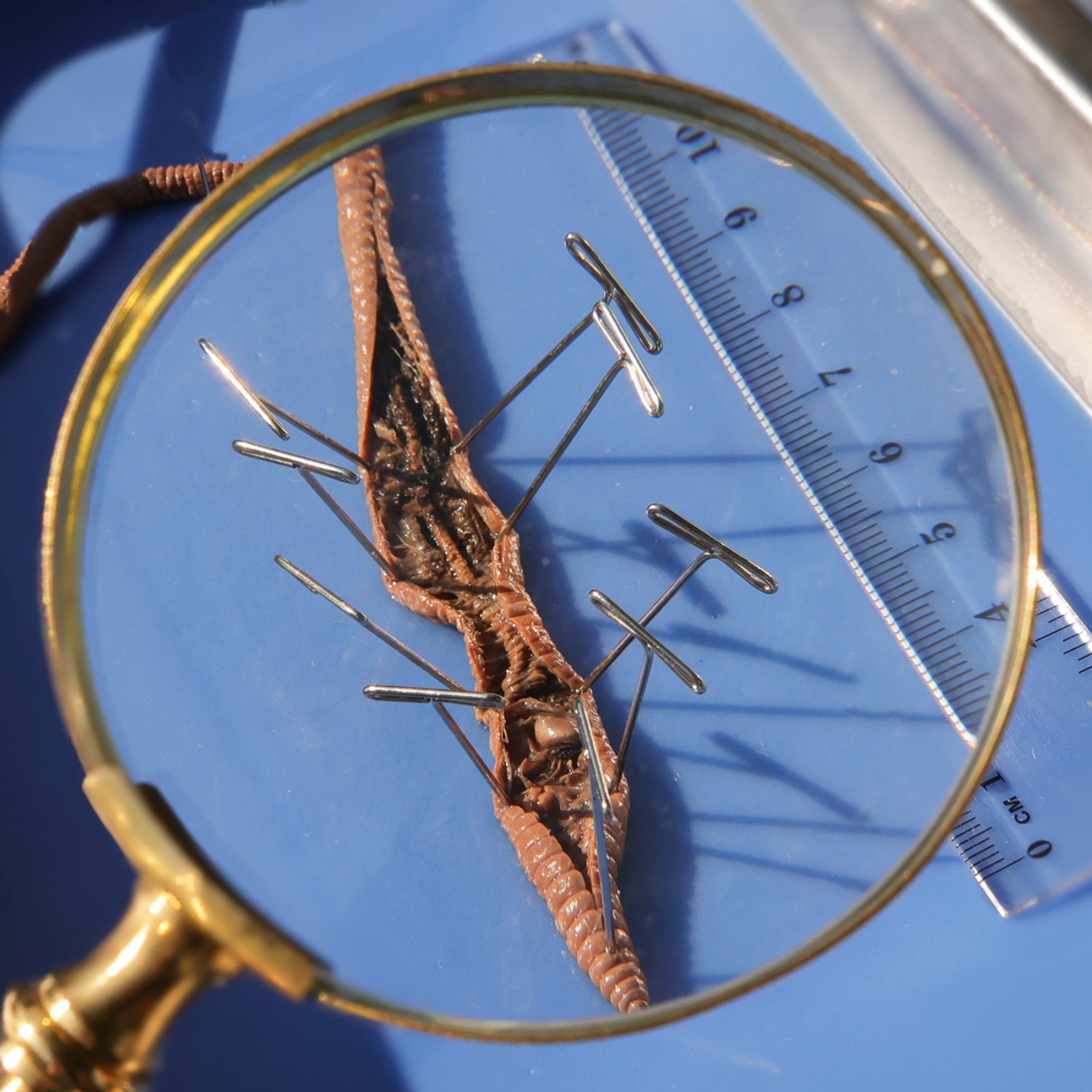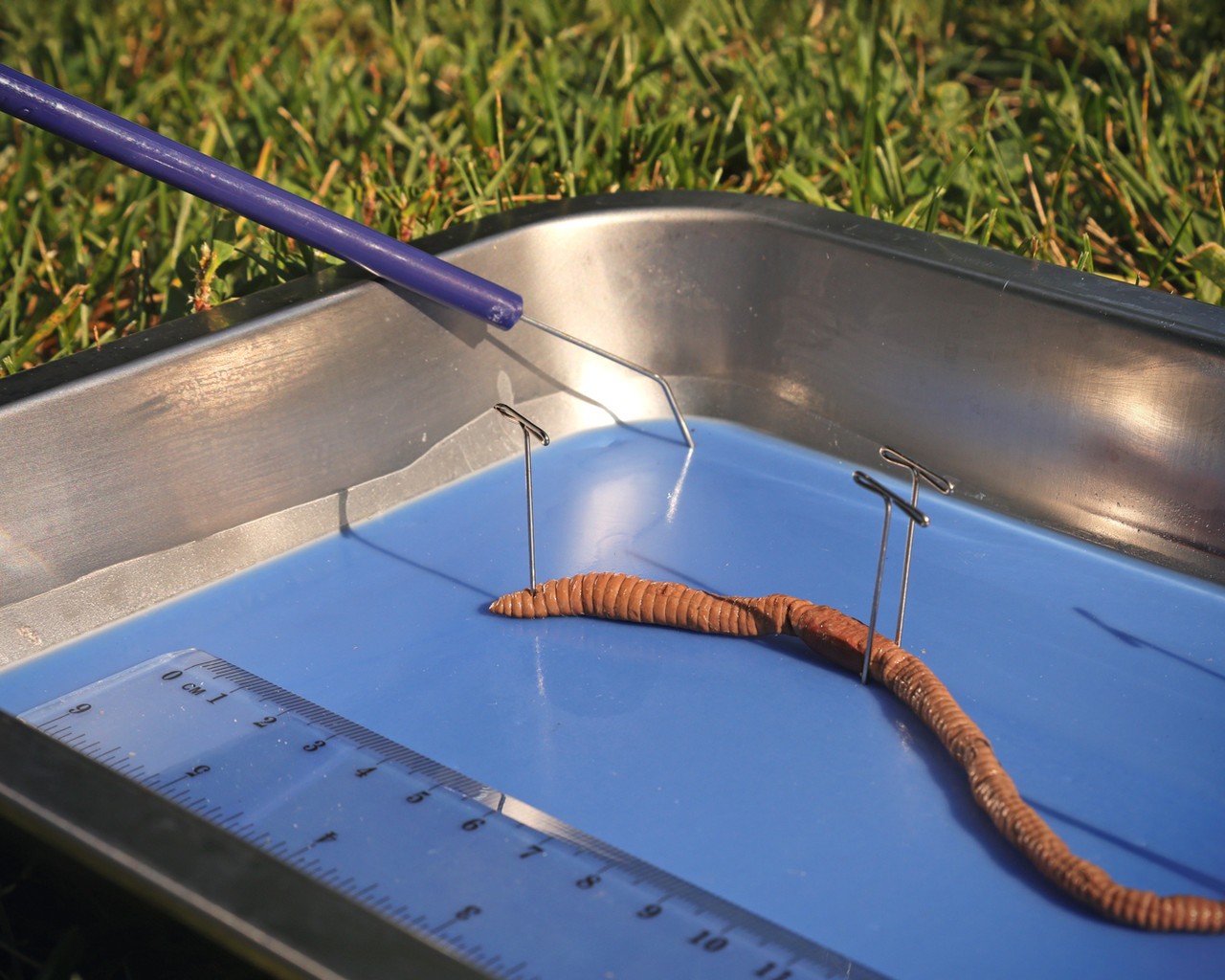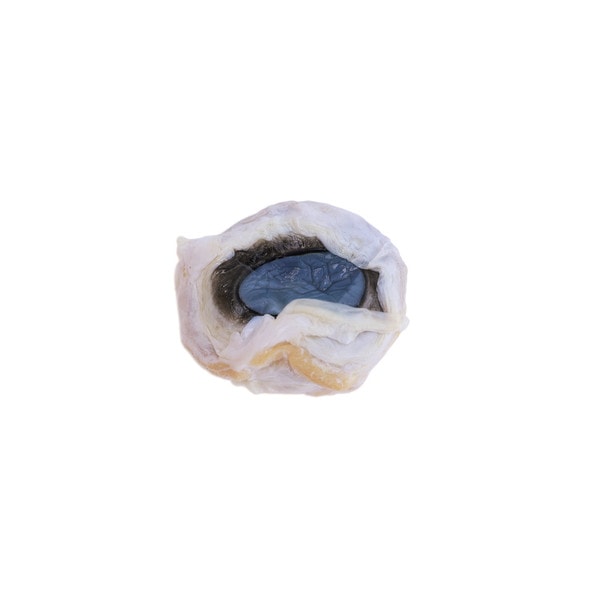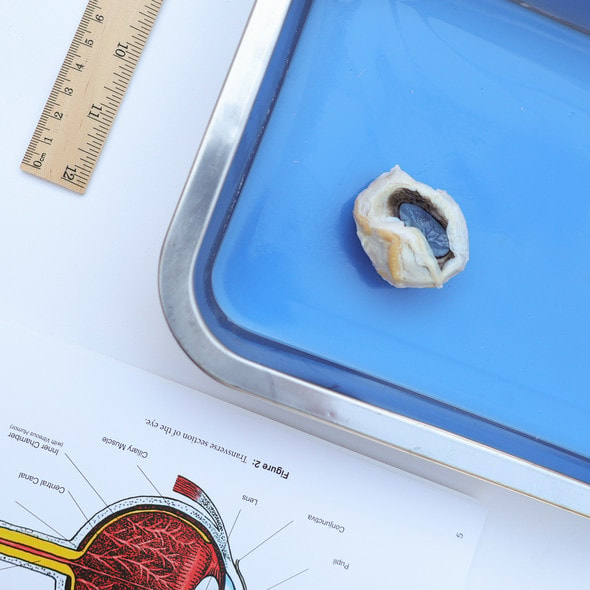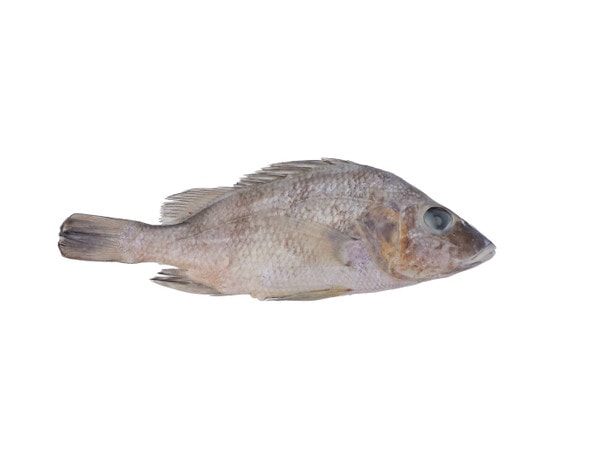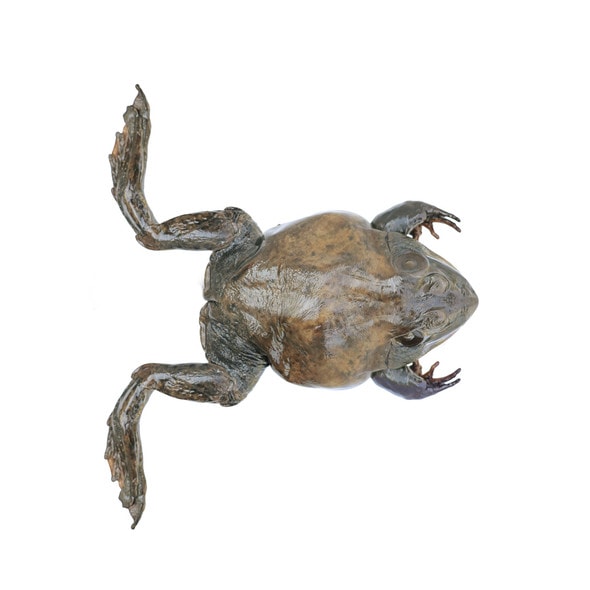- Home
- Specimens
- Non-Mammalian Dissection Specimens
- Anatomy Lab Preserved Earthworm Specimen for Dissection, 8-10 Inches, Vacuum Packed
Description
Get to the Core of Invertebrate Anatomy with this Earthworm Specimen
Perfectly preserved and vacuum-packed, this 8-10 inch earthworm specimen provides a detailed and hands-on opportunity for studying invertebrate anatomy. Designed for clarity and ease of dissection, it’s an essential tool for any biology classroom or lab. Whether you're introducing basic dissection or diving into annelid anatomy, this specimen sets the stage for success. Add it to your classroom collection today and give students a tactile way to explore the building blocks of biology.
Ideal for Dissection Labs and Invertebrate Education
This earthworm specimen is specifically designed to support student learning in life science, biology, and zoology. It helps learners explore the fundamental features of segmented worms, including the digestive system, circulatory system, and reproductive structures. Great for first-time dissections, it reinforces anatomical identification, labeling, and hands-on lab technique. Use it to teach dissection skills or reinforce textbook concepts through direct observation.
A Worm’s-Eye View of Learning Biology
- Vacuum-sealed to maintain freshness and prevent dehydration
- Ready to use, no messy prep or additional preservation required
- Clear internal anatomy perfect for beginner and intermediate dissections
- Supports NGSS-aligned instruction in biological structure and function
- Good for middle school, high school, and introductory college biology courses
Key Features That Make It Stand Out
- Length: 8-10 inches for easy handling and viewing
- Individually vacuum-packed to ensure safety and sanitation
- High-contrast internal organs aid in anatomical identification
- Non-toxic preservatives for safe classroom use
- Ideal for one-time classroom dissection or student lab kits
Technical Specifications of the Product
- Product dimensions: 8-10 inches in length
- Product weight: Approx. 0.15 lbs
- Preservation: Plain injected specimens have not been injected with colored latex, so the arterial, venous, and hepatic systems are presented in their natural colors
- Included with purchase:
- 1 x Earthworm Specimen (vacuum-packed)


